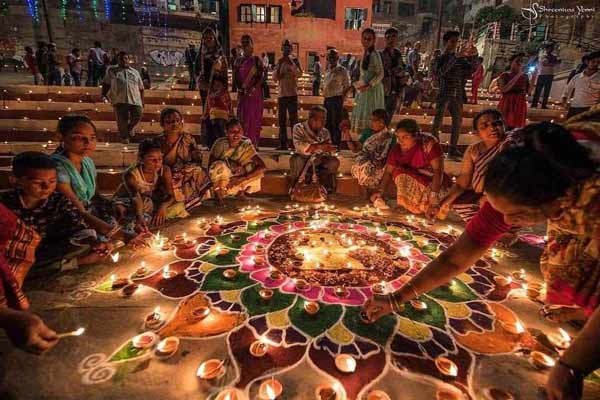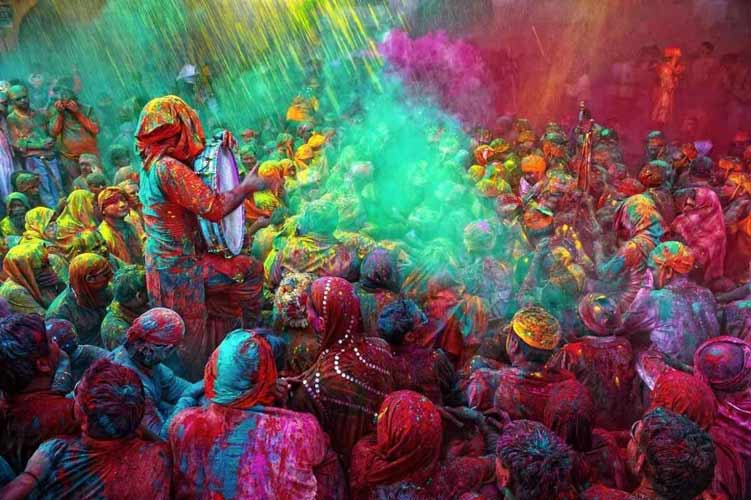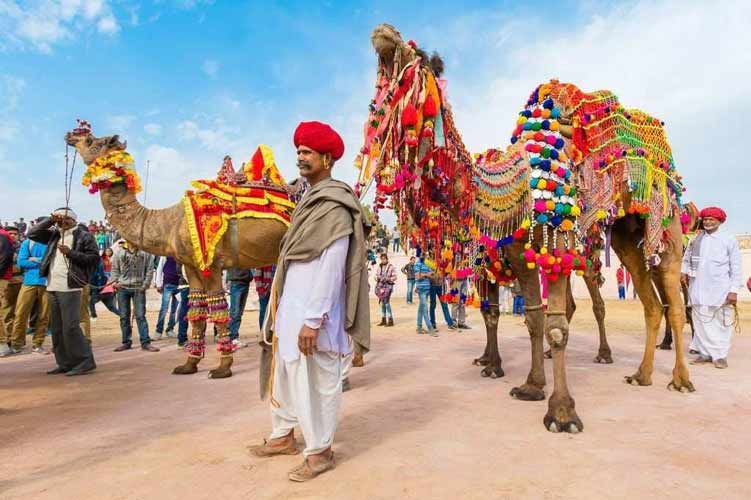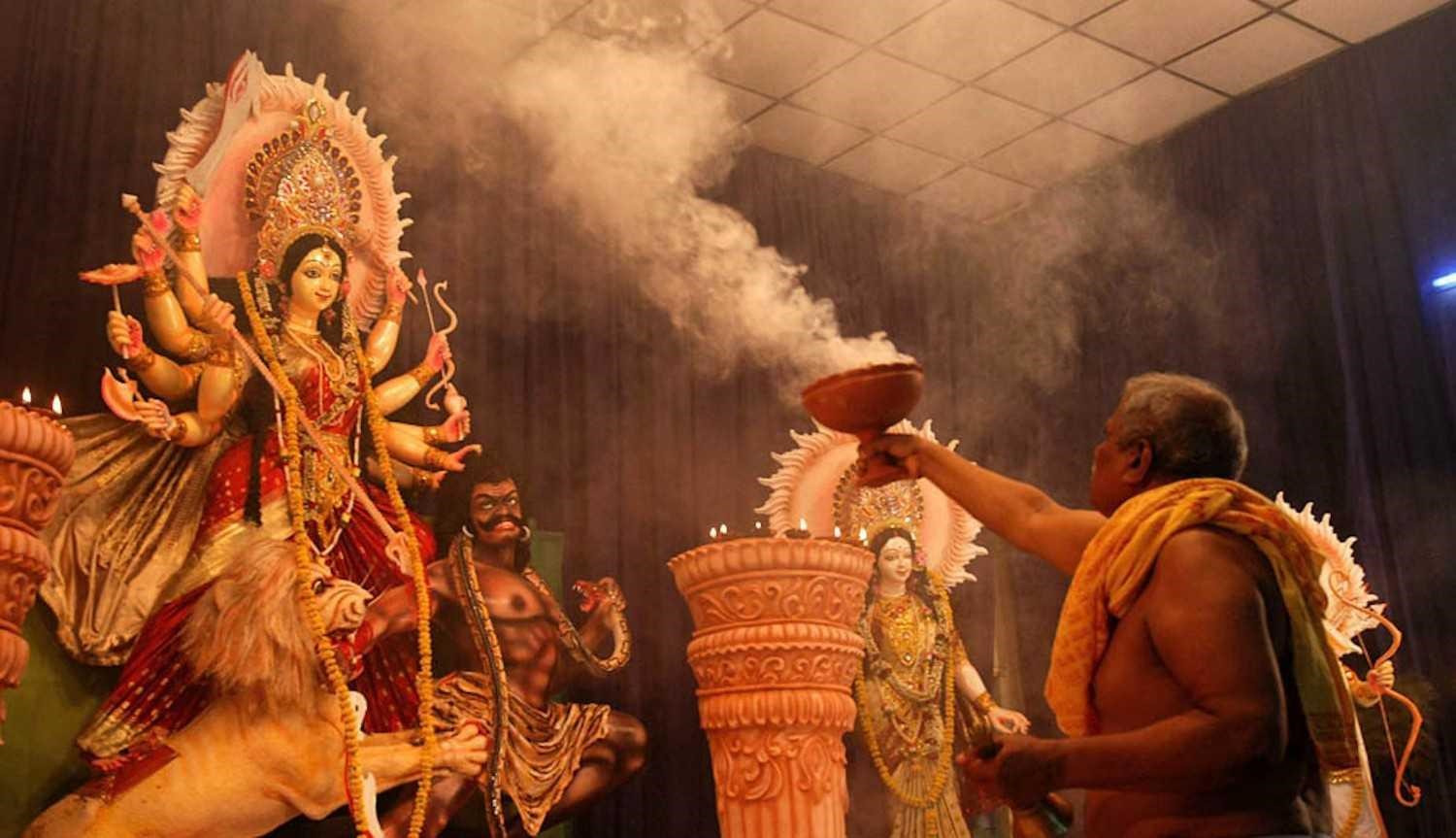In comparison to the rest of the country, the North of India is known for the scale of majestic mountains, holy places, royal castles, and cultural diversity. All who want to tour the Himalayan mountains, sightsee world recognized landmarks like the Taj Mahal, or enjoy vibrant fairs and festivals in Rajasthan would greatly appreciate the benefits of planning their trips ahead of time.
In this blog, you will find important details like the most suitable period when you can travel to North India taking into account the climate, local activities, and interactions for things to do.
Weather Summary: Which Moment is the Perfect Option?
India is geographically divided into different climatic belts to include Himachal and Kashmir which have snow coverage, to the desert dry heat of Rajasthan, not forgetting Delhi and Agra which have a moderate climate. For your decision making, below is a description per season
Winter: The Most Popular Time of the Year for Travel (October to March)
For a traveler wishing to visit North India, the most ideal time would be during Winter (October to March). The north side of India is renowned of for its range of travel destinations. As a first time user of the country, it is a must to travel to Agra, Delhi, Rajasthan and the northern section of the Himalayas.
Climate: What ranges from a cold and pleasant climate is 5 to 25 degrees in some regions.
Best Part: Many regions have blue and clear skies which consistently allows for sightseeing, desert safaris, and photography.
Locations to Enjoy: Jaipur, Udaipur, Jodhpur, Agra, Varanasi, and Rishikesh.
Travel Tip: Plan your accommodation early, especially during the high season from December to January.
Summer (April to June): For Mountain Enthusiasts
This is the best time to head to the mountains if you’re looking for an escape from the heat.
Weather: Generally pleasant in the hills, but humid and hot in plains. temperatures reaching 40 degrees Celsius.
Highlights: Major hill stations such as Shimla, Manali, Mussoorie, Nainital, Dharmshala and even Mantalay give their best offerings during this period.
Suggested Regions: Parts of Himachal Pradesh, Uttarakhand and some regions of Ladakh.
Travel Tip: Drink plenty of fluids and avoid physically active outdoor work in the plains during the hottest afternoon hours.
Monsoon (July – September): Deal with Off The Beaten Track… And Nepanthean
Monsoon also transforms North India. The northern parts of the region become a hotspot due to of the terrain’s splashing waters, while the foothills of Himalayas transform into an Oasis filled with green.
Weather: There is an increase in Humidity and excess rain in many areas.
Highlight: The beauty of India is not only in its rich landscapes where mountains touch the skies, but rich history too.
Travel Tip: Be ready for delays due to travel interruptions and have gear prepared such that it can withstand the wear and tear of the water awaiting.And be prepared with equipment resistant to water.
Festivals to Experience in North India
Incorporating rich history into your travel brings about a better experience all around. here are some of the festivals capable of rousing the gentle soul which resides in you within North India
Diwali Festival / Deepavali(October – November)

Diwali is one of Deepavali’s brightest festivals that indeed goes unnoticed in India, but is recognized throughout the world as the largest festival in Hinduism. The main features of the festival is the extravagant display of firecrackers and decoration which India is quintessentially famous for. It dips into colors during this period especially suggesting Delhi and Jaipur.
Holi (March)

This celebration is marked by the throwing of colors and dancing in Mathura, Vrindavan, and Jaipur. The Festival of Colors grabs attention during this particular season. It is accompanied with a lot of fun activities like throwing of colors, music, and dancing.
Pushkar Camel Fair (November)

We can definitely say that India is very culturally rich and diverse at the same time. Once in a lifetime, one must experience the grand view of Rajasthan, where it is considered as one of the renowned fairs in India during mid November. It is most famous for its races with camels, as well as traditional music and dances.
Dussehra And Durga Puja (September –October)

Villages and cities such as Varanasi and Delhi celebrate the victory of good over evil during these two festivals in September and October. Accompanied with a rich history, it is celebrated with theatrical performances and parade ‘Maha Navami’ and ‘Shri Dussehra’ marking the festival.
Travel Tips for North India
Keeping up with these will make your trip easily entertaining on your visit in north India and stress free:
If you plan to visit the region in winter off season months make sure to visit Agra and Jaipur, since those places tend to get overcrowded.
If you are planning to travel during the winter months to northern India, remember to bring warm clothes. Plan on wearing light cotton in summer.
Do maintain proper diets like with fresh food during monsoon months but especially in summer.
Mind the local timelines and customs especially when visiting temples and other historical places.
If you do not feel comfortable moving about without a guide, choose a trustworthy travel planner.
In case you would like to avoid trouble, simply visit the online travel agency that provides the Best North India vacation packages with tours, transport, and accommodation done as per your requirements.
Conclusion
The stunning Taj Mahal and the mist-covered Himalayas alongside the spiritual banks of Varanasi, Jaipur’s pinkish hue, all convey North India as a gorgeous place. Each season has distinct activities tailored to fulfill any tourist’s desire.
A traveler can begin with the captivating sightseeing to enrich their cultural knowledge.
Read More: Types of Services Provided by the Packers and Movers










